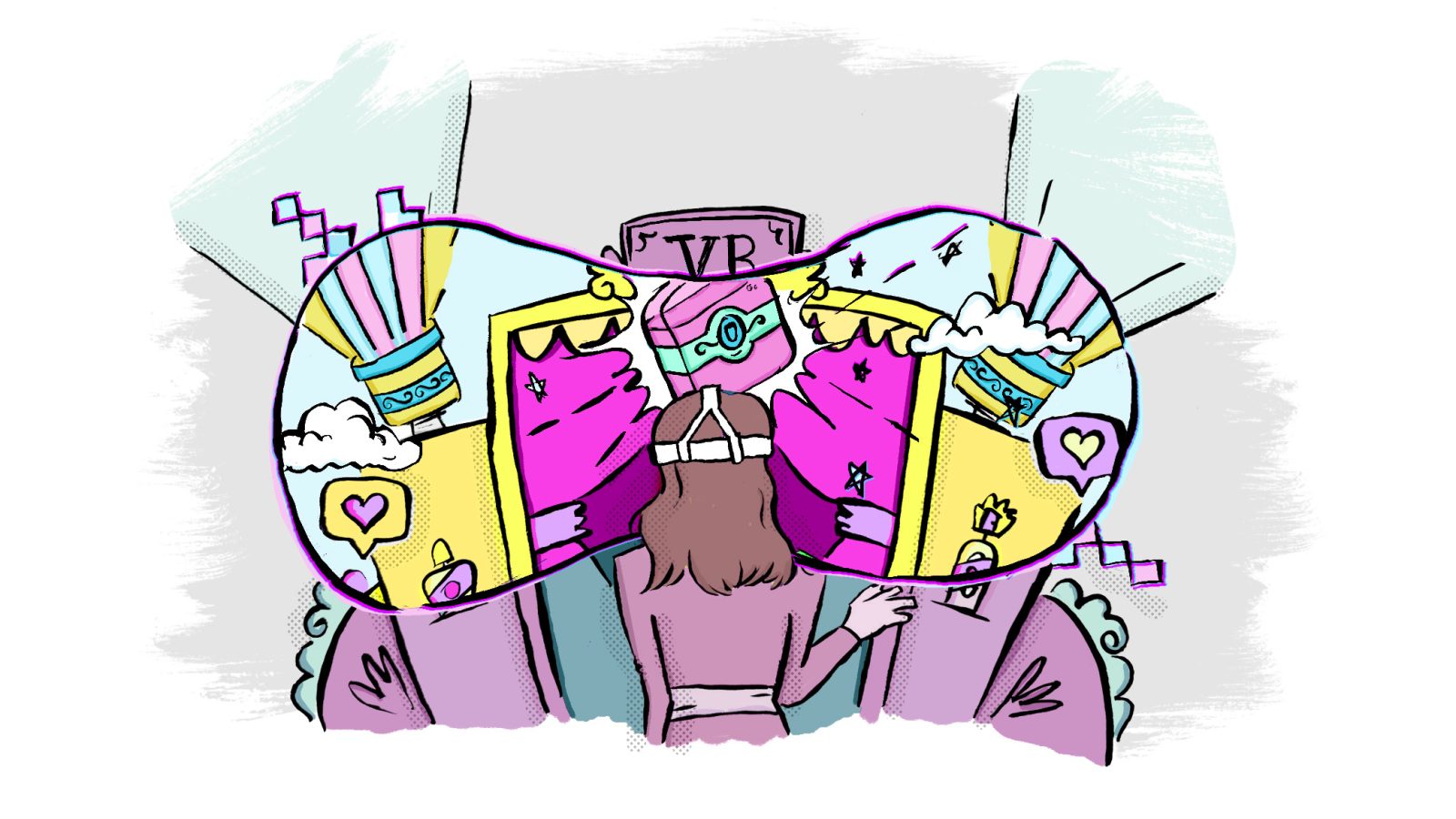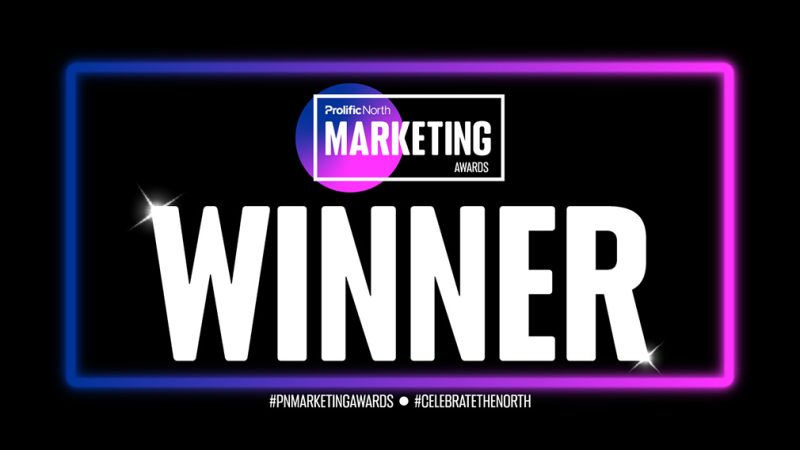The dawn of the hybrid experiential brand activation – why combining AR, VR and physical spaces works.
Topic
Hybrid Experiential Brand Activations6 mins read

As an experiential marketing agency, we’ve delivered many different types of experiential brand activations in physical places and spaces. We’ve also produced plenty of standalone virtual reality (VR) and augmented reality (AR) experiences to convey brand stories. But from our experience, combining the two is where the magic happens. It’s what we call a hybrid experiential activation.
By combining AR, VR and physical spaces, hybrid experiential activations transcend traditional marketing, offering immersive and memorable experiences that resonate deeply with audiences.
In this blog, we’ll delve a bit deeper into some strategies and considerations for creating effective hybrid experiential activations and offer you examples of successful brand activations that skilfully blend AR, VR, and physical spaces.
Strategies and considerations when creating hybrid experiential activations.
Creating a compelling narrative or story that seamlessly transitions between physical and virtual worlds is crucial for a hybrid experiential activation. The story should be engaging and cohesive, guiding users through different phases of the experience in a logical manner to maintain their interest. Whether moving from a real-world setting to an AR overlay or diving into a fully immersive VR environment, the narrative should ensure a smooth flow, making the overall experience both captivating and coherent.
Incorporating interactive elements is essential to enhance user engagement in AR and VR experiences. For AR, this could mean adding digital overlays on physical objects that users can interact with, while in VR, it involves allowing users to manipulate their virtual surroundings. These interactive components are vital as they make the experience more engaging and memorable, encouraging users to explore and participate actively.
Personalisation is another key factor in creating impactful hybrid experiential activations. By tailoring the content to individual users through data collection and analysis, it’s possible to create personalised experiences that resonate with each user’s preferences and behaviours. This customisation can significantly increase the impact of the experience, making it more relevant and compelling for each user.
A seamless integration between AR, VR and the physical space is essential for maintaining user immersion in the hybrid experiential. The transition from one medium to another should be smooth and intuitive, allowing users to feel a natural progression without any disruptions that could break their engagement. This fluidity enhances the overall experience, making it more immersive and enjoyable.
Finally, ensuring accessibility and ease of use is critical. The technology should be straightforward and accessible to all users, avoiding complex setups or difficult-to-use interfaces that could detract from the experience. By prioritising usability, more people can participate and enjoy the immersive experience, regardless of their ability or technical expertise.
Examples of successful hybrid experiential brand activations.
Below are some great examples of hybrid experiential brand activations that combine AR, VR and physical spaces to deliver an engaging and memorable experience.
Coca-Cola – ‘VR Christmas Ride’
During the holiday season, Coca-Cola launched a VR experience called the ‘Coca-Cola VR Christmas Ride’. This activation was taken on the road to 50 cities around Poland, where visitors could participate in a VR sleigh ride experience. The setup included VR headsets and specially designed seats that moved in sync with the VR content to enhance the immersive experience.
In the VR experience, participants were taken on a magical journey through a winter wonderland. They rode in Santa’s sleigh, flying over snowy landscapes, through starry skies and past twinkling Christmas lights. Along the way, they encountered various festive scenes, such as Santa’s workshop and a bustling holiday village.
The VR ride aimed to evoke the joy and wonder of Christmas, aligning with Coca-Cola’s long-standing association with the holiday season and their iconic Christmas advertising. The activation not only provided a unique and entertaining experience for participants but also reinforced Coca-Cola’s brand values of happiness and togetherness.
By using VR, Coca-Cola created a captivating and shareable experience that delighted participants and enhanced their emotional connection to the brand during the festive season.
Pepsi Max – ‘Unbelievable Bus Shelter’
Pepsi Max transformed an ordinary bus shelter on Oxford Street in London into an interactive AR experience. The shelter’s side panel was replaced with a screen that blended a live video feed of the street with AR elements. Passersby waiting for their bus were suddenly treated to surprising and extraordinary scenes as if they were happening right in front of them, including a giant robot crashing through buildings, a tiger strolling down the street and alien spacecraft abducting pedestrians nearby.
The realistic nature of the AR content and its integration with the live feed created an immersive and memorable experience. This activation effectively captured the attention of the public, generated buzz on social media and reinforced Pepsi Max’s ‘Unbelievable’ brand messaging, emphasising the extraordinary and unexpected. The campaign successfully engaged consumers by merging the physical environment with digital enhancements, creating a unique and shareable experience.
Cartmel Priory - ‘The Young Martyr’
When it comes to bringing physical spaces to life with VR, our experience for Cartmel Priory was genuinely the first of its kind. The Priory is one of the oldest places of worship in the UK, but with such a rich history that can’t always be conveyed through information boards or guided tours, they came to us looking for new ways to engage visitors with a key story from its 800-year past – ‘The Young Martyr’. What better way than VR?
To really immerse visitors in the story of the Young Martyr, we produced a one-of-a-kind virtual reality experience that was both engaging and educational. While VR is very much at the forefront of innovative visitor attractions in the UK, this was thought to be the first time a VR experience had ever been held inside a church.
Hand-drawn illustrations inspired by marionettes and shadow puppets were recreated as 3D models, with movement and animation bringing each scene to life. The addition of professional voiceovers and a bespoke soundtrack all added mood and pace, with a custom-built gaming pod creating a permanent installation inside the Priory. The event was so successful it even attracted national media attention on BBC’s Songs of Praise!
As you can see from the examples above, combining AR, VR and physical spaces to create hybrid experiential brand activations offers a powerful way to engage and captivate audiences young and old. By employing integrated storytelling, interactive elements and personalisation, brands can create truly immersive and memorable experiences. As technology continues to advance, the possibilities for even more creative and engaging brand experiences will only expand, offering exciting opportunities for marketers and consumers alike.
If you’re looking for an agency to deliver a hybrid experiential brand activation to engage your audience, let’s have a chat.

